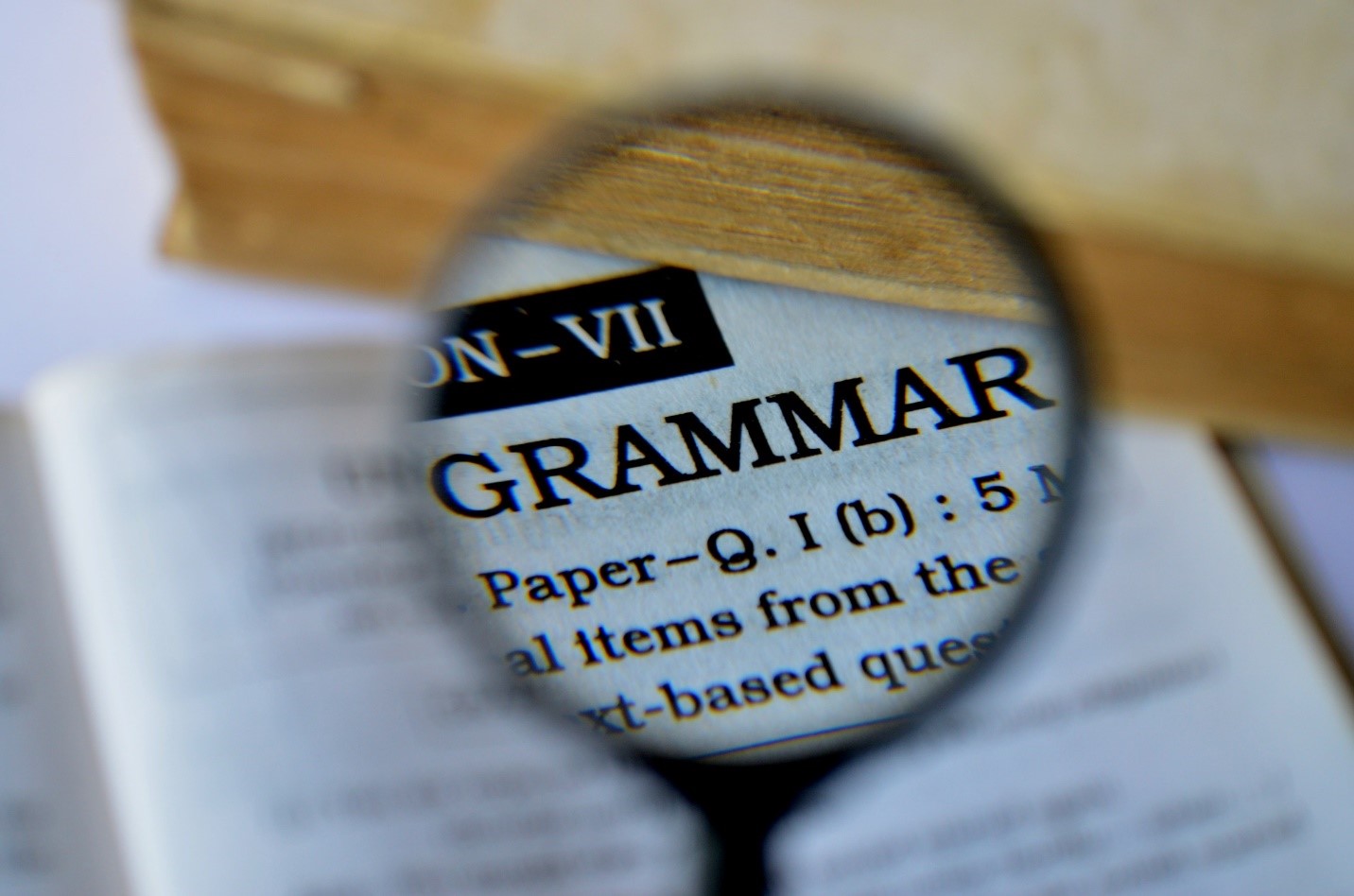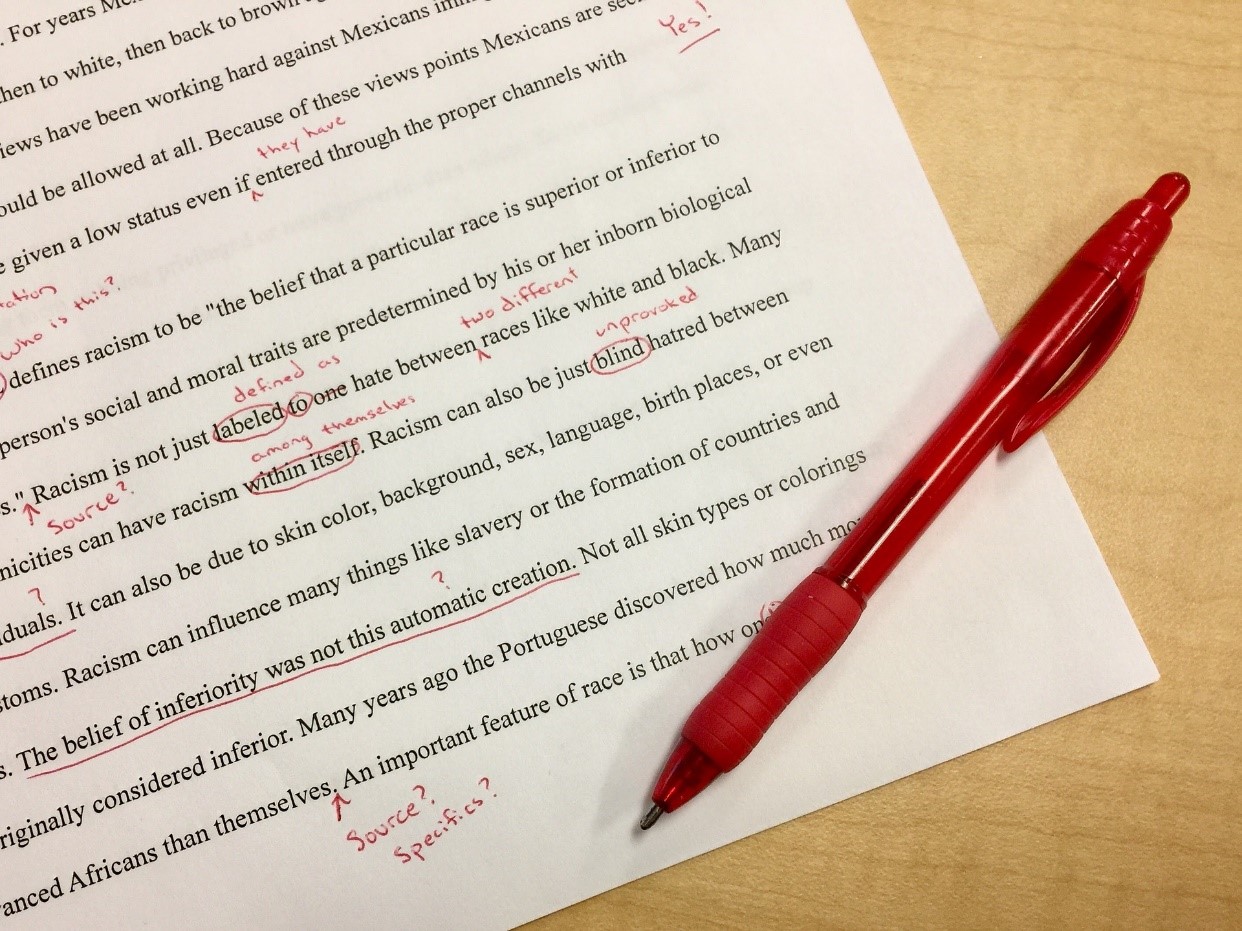
Rewriting: What to do when you have to rephrase someone else’s words
REWRITING: WHAT TO DO WHEN YOU HAVE TO REPHRASE SOMEONE ELSE’S WORDS
One of the things freelance writers are often called upon to do is rewriting. That is, they’re charged with finding new ways to present information that’s already been written about elsewhere – sometimes because the original format is not suited for the target audience and sometimes to avoid copyright infringement.
This isn’t always easy. Sometimes, the source material is highly technical and therefore difficult to explain to non-expert readers. (Much less frequently, it’s the other way around, with source material written in such a simplistic fashion as to bore the experts.)
And sometimes, when the material comes from a proprietary source, rewriting is a delicate task that requires writers to choose their words carefully and present ideas differently, so as not to blur the boundaries of intellectual property.
Despite these challenges, freelance writers can thread this needle. In this post, we’ll discuss some of the ways freelance writers can achieve their aim while still turning out high-quality copy.
Striking the right tone
We’ll start by addressing the question of how to strike the right tone.
As noted above, rewriting can involve adapting highly technical material for a lay audience – say, using an article from a medical journal as the source material for a blog post on new developments in medical research. If this is the case, the writer handling the assignment should assess two factors: first, the average actual level of technical knowledge displayed in the original material and second, the average likely level of technical knowledge among members of the target audience.
The next step is to estimate the gap between those two averages. Once the writer has an idea of how large that gap is, he or she can choose words that bridge that gap.
Unfortunately, there’s no mathematical formula for making this call. Instead, there’s a subjective element, meaning that the writer has to decide how much to adjust the original material.
If, for example, the source material reads like this …
ORIGINAL: Using genome-wide data from 253,288 individuals, we identified 697 variants at genome-wide significance that together explained one-fifth of the heritability for adult height.
… the writer might offer the following to a general audience with little or no specialized knowledge …
SIMPLIFIED REWRITE: Researchers have determined that 20% of the differences in adult height can be explained by a combination of nearly 700 different genetic variations.
… and the following to readers with a moderate level of specialized knowledge:
MODERATE REWRITE: An analysis of genome-wide data from more than 250,000 individuals has led researchers to conclude that combinations of 697 specific genetic variants account for 20% of inherited differences in height.
Both of these rewrites succeed because they convey the main idea of the source material, using language that is appropriate for the target audience. Even better, they transform dry, technical prose into something that reads more like a story than a laboratory report.
Avoiding copyright violations
But rewriting isn’t always about tone and sizing up target audiences. Sometimes it’s a more straightforward task – something along the lines of summarizing news coverage of a particular topic.
If so, writers must remember that the journalistic material they’re using – wire reports, newspaper articles, magazine features, etc. – is almost always copyrighted. As such, it is subject to legal restrictions on its use, and writers who want to use the information must take steps to ensure that their product does not mirror the original text.
Fortunately, there are several ways to do this. One way is to take the facts presented, and re-word them in a way that is unique, but still tells the same basic information. In practical terms, this might entail starting with “Snow White and the Seven Dwarves” and then using the thesaurus to end up with “The Seven Short Men and Frost White.”
And in less fanciful terms, it might involve starting with this Reuters article, dated September 3 …
ORIGINAL: The U.S. Federal Reserve should cut interest rates by half a percentage point at its meeting in two weeks to get ahead of both financial market expectations for a rate cut and a global trade war that has become a broader “reckoning” over how the world economy is organized, St. Louis Federal Reserve President James Bullard said in an interview on Tuesday.
… and ending up with something like this:
REWRITTEN: James Bullard, the president of the St. Louis Federal Reserve, has spoken out in favor of a cut in interest rates. In an interview with Reuters, Bullard urged the U.S. Federal Reserve to bring interest rates down by 0.5% at an upcoming meeting, saying this would help Washington stay ahead of market expectations and also take the lead in trade disputes that have raised questions about the organization of the global economy.
This method can also be used for direct quotes from proprietary sources. It can help writers start with the following excerpt from the same Reuters article …
ORIGINAL: “This is an unraveling of the trade liberalization process that has been going on since World War Two.”
… and finish with this:
REWRITTEN: According to Bullard, the disputes between the U.S. and other countries such as China indicate that efforts to liberalize trade are faltering after more than 70 years of forward movement.
Writers can also look for opportunities to emphasize a different point from the source material. If the original text addresses a secondary theme somewhere in the middle, the rewritten text can bring that secondary theme into the spotlight, rather than leading with the primary topic.
For example, writers can begin with this …
ORIGINAL: The U.S. Federal Reserve should cut interest rates by half a percentage point at its meeting in two weeks to get ahead of both financial market expectations for a rate cut and a global trade war that has become a broader “reckoning” over how the world economy is organized, St. Louis Federal Reserve President James Bullard said in an interview on Tuesday.
Global investors have sent bond yields plummeting in recent weeks to record lows, leaving the Fed’s overnight policy rate seemingly out of line, Bullard said.
Economic data on Tuesday meanwhile showed the U.S. manufacturing sector had contracted for the first time in three years amid slowing global economic growth and as China and the U.S. ratchet up tariffs on each other.
… and end up with this:
REWRITTEN: James Bullard, the president of the St. Louis Federal Reserve, expressed concern about newly released economic data showing that the domestic manufacturing sector had shrunk for the first time since 2016, even as global economic growth rates slowed and trade disputes between the U.S. and China persisted.
In an interview with Reuters, Bullard noted that recent developments had caused bond yields to sink to new lows. Under these conditions, he said, the U.S. Federal Reserve’s overnight policy rate is due for a change.
He specifically recommended that the Fed consider reducing interest rates by 0.5% at an upcoming meeting. Taking this step would help the U.S. government address financial market players’ predictions of a rate cut and stay one step ahead of questions about how the U.S.-China trade war has affected the organization of the global economy.
Once again, these rewrites succeed because they convey essentially the same ideas and the same information as the source material. But they also serve the writers’ purposes because they use different words and phrases (and sometimes emphasize different points) as they do so.
Coloring outside the lines
In the examples listed above, we have seen that writers who are trying to rework source material face restrictions – either technically, because they are dealing with subject matter that is complex, jargon-laden, and stylized in its presentation, or legally, because of its copyrighted status.
But we have also seen that there are ways to work within and even transcend these restrictions. Writers can benefit significantly if they remember to use basic tools such as a thesaurus, but they can do even more if they find new ways to approach the same old information.
Related Content
- 2 Comments
Subscribe to Newsletter
- How Can SharePoint Be Used To Organize and Disseminate SOPs?
- Planning the Perfect Genealogy Research Trip: A Step-by-Step Guide
- From Silly to Awesome: How Words Change Meaning Over Time
- The Psychology of Font Choice: How Typography Impacts Content Engagement
- How to Distribute SOPs for Maximum Usability




2 thoughts on “Rewriting: What to do when you have to rephrase someone else’s words”
Thank you for your careful insight to an often sticky situation. Tips well worth remembering.
As someone who is pretty new in freelance writing business, I found the tips here very useful. And I totally agree that a writer must know who are the audience first to be able to select the appropriate words in writing the content.